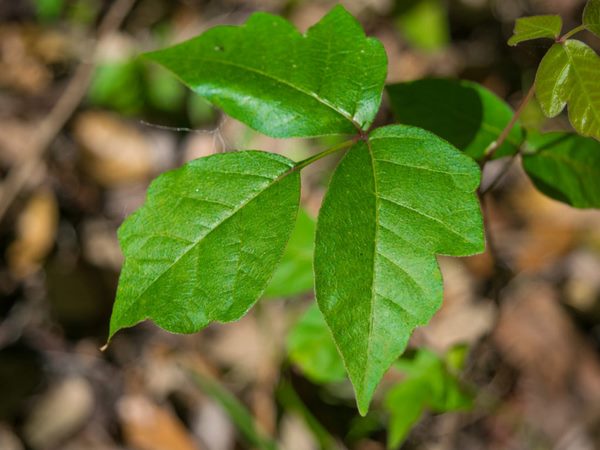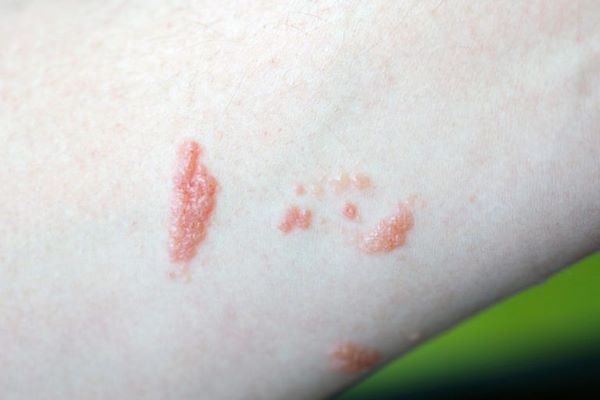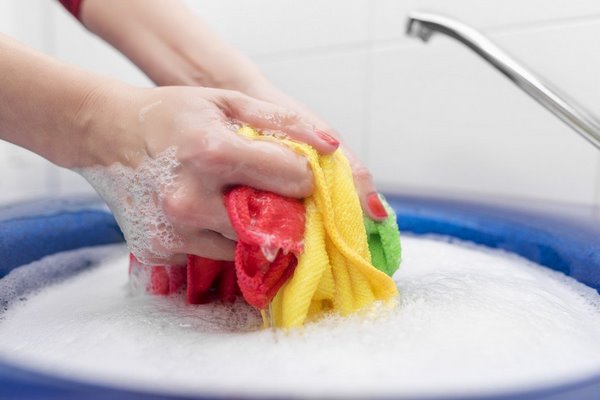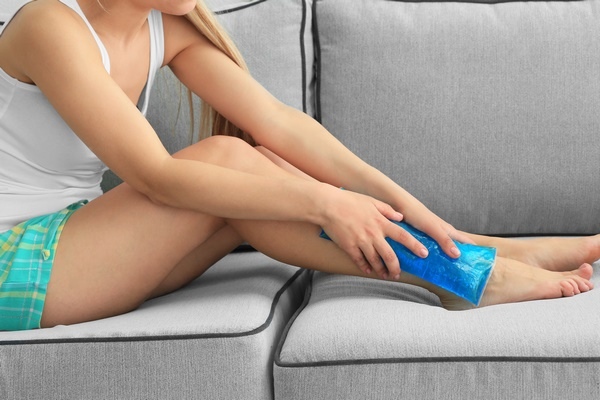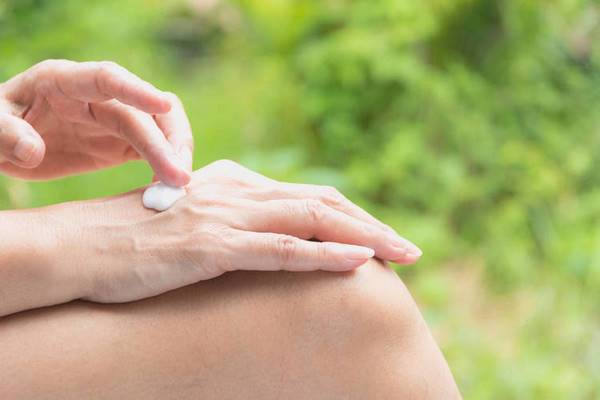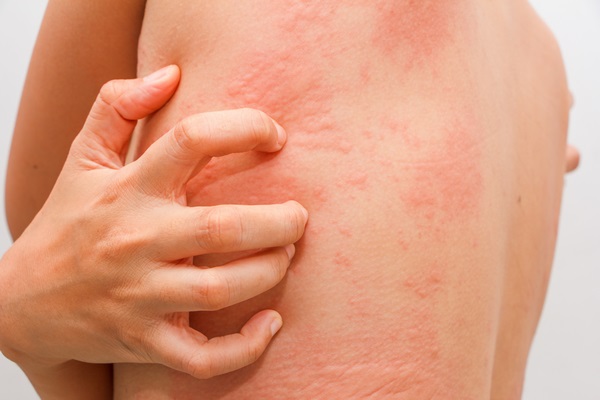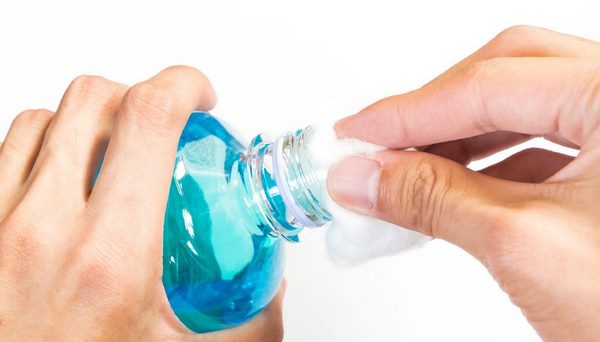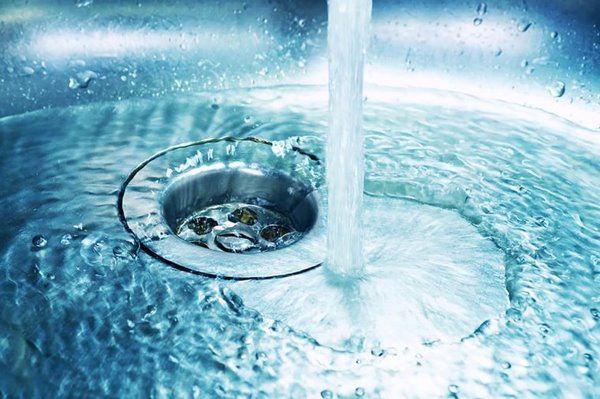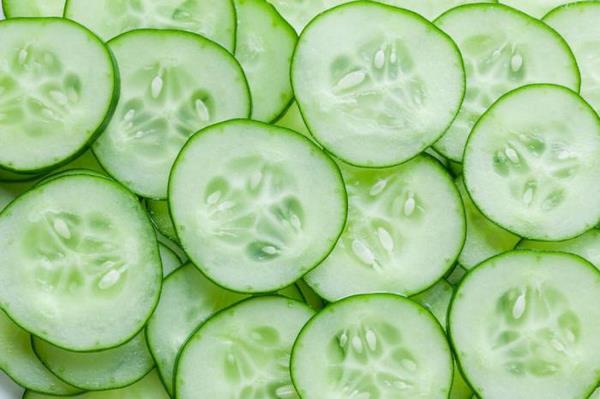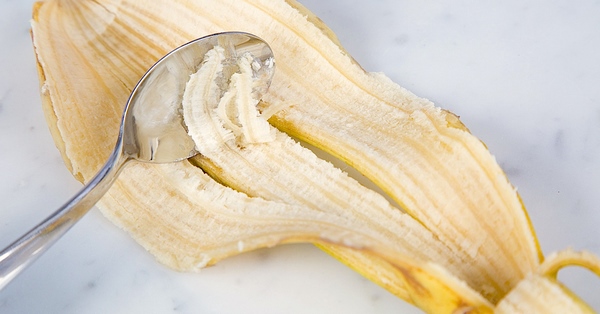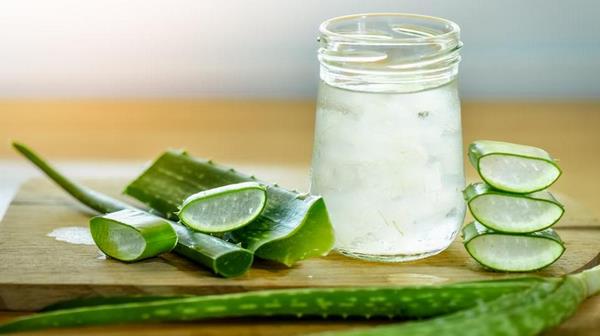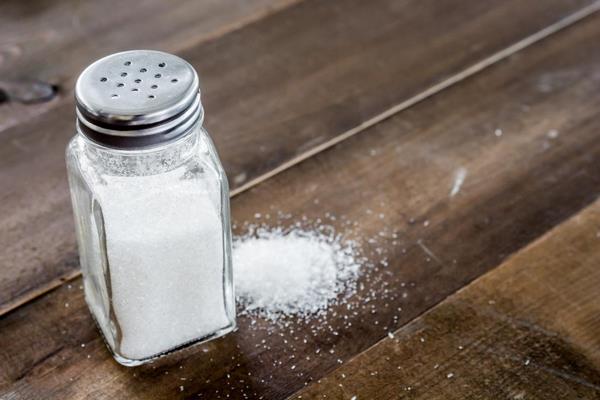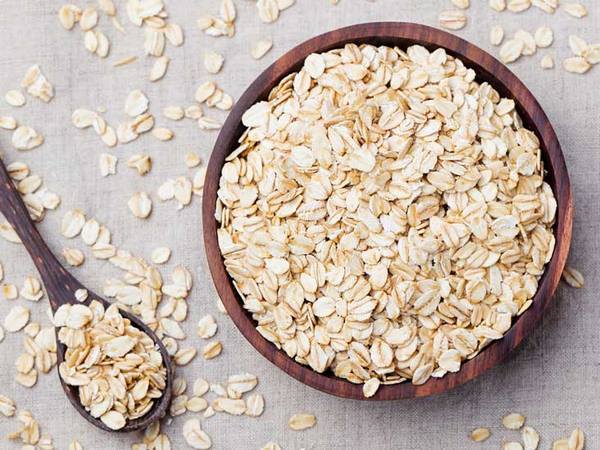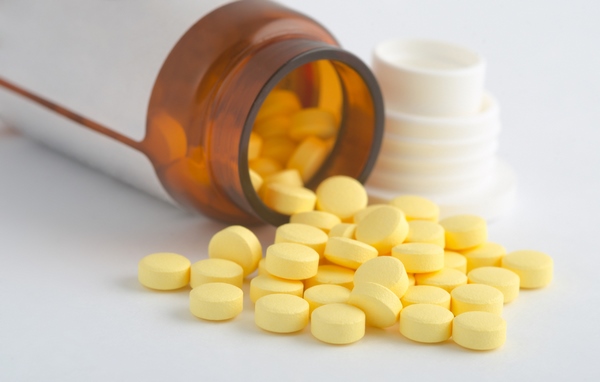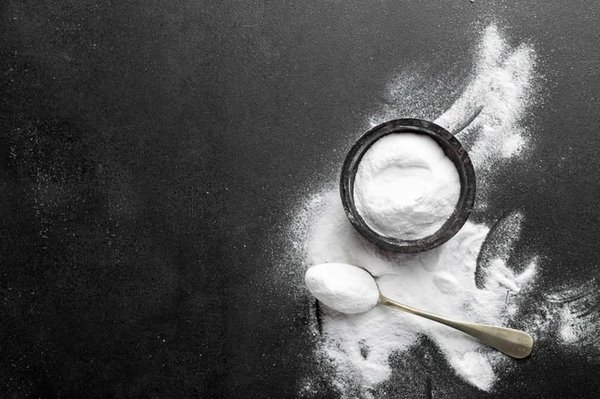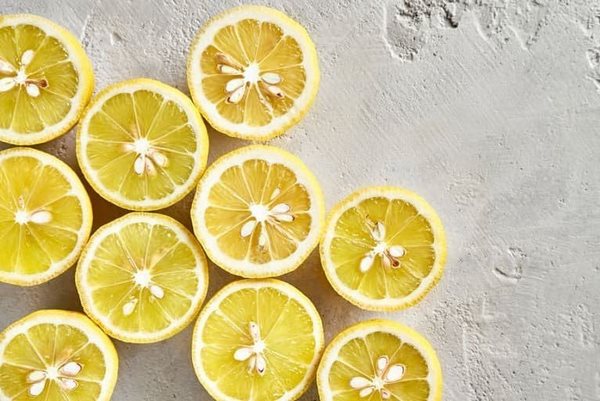Poison ivy, also known as Toxicodendron radicans, is a climbing plant with beautiful foliage and green berries. It is native to North America and usually grows on the edges of woodland where there is plenty of sunlight. During the fall ivy leaves change their color from green to bright yellow-red. The beautiful appearance makes people touch this unsafe and poisonous plant which results in poison ivy rash. Wild ivy resembles a vine, it wraps around standing trees or spreads along the ground. It blooms in June-July, and in early October, berries ripen, somewhat similar to small balls. In sunny areas, it looks more like a shrub, and in shaded places it wraps around a nearby tree like a vine. The plant belongs to the cashew and pistachio family and there are three main species that are poisonous to people:
- poison ivy;
- poison oak;
- poison sumac.
Why is poison ivy dangerous and what are the symptoms of poison ivy rash?
Poison ivy is not a true ivy. It contains a sap (urushiol) which is very poisonous and if it comes in contact with the skin it causes an instant irritation and people get severe burn with blisters. The inflammation of the skin is also called contact dermatitis. Keep in mind that all parts of this plant, from the stem to the berries, are poisonous. Even a dead plant retains its poisonous properties for several more days. An interesting fact is that not all people get burned after touching this shrub. Approximately three out of ten people do not have an allergic reaction to poison ivy.
What are the symptoms of poison ivy rash? When in contact with urushiol, a skin rash of vesicular type appears. Further, inflammation of the skin is observed – thin red lines on the skin. Burns do not appear immediately. The rash symptoms may appear within 12 hours or after about seven days. It is not recommended to burn wild ivy, when burning poisonous substances can get into the respiratory tract and cause irritation of the mucous membranes of the throat, as well as the appearance of a dangerous rash in the lungs, and cause severe inflammation of the respiratory tract. The rash is not contagious and it does not spread but it needs an immediate reaction. If the rash is spreading to other body parts, this is because of a delayed reaction.
It can take several weeks for the rash to heal. The classic symptoms of poison ivy rash are:
- Swelling;
- Eyelids swelling;
- Redness;
- Hives;
- Intense itching;
- Blisters, usually painful;
- Red skin or red streaks;
- Red bumps, called papules;
- Crusting skin;
- Breathing problems, if you inhale smoke from burning poison ivy.
What to do in case of poison ivy rash?
Usually, a poison ivy rash will clear up on its own within 2 to 3 weeks. However, the first thing that you need to do is to relieve itching on the skin. Here are some first aid tips:
Immediately wash any areas of your skin that might have touched the plant. Remove your clothes and wash everything that may have touched the plant. Have a shower and rinse the skin with soapy water to remove the urushiol. Wash everything that may have been in contact with the plant. A thorough washing will help to reduce the severity of poison ivy rash. If you are camping or on a picnic, make sure you wash all your equipment.
A cool compress will relieve the burning sensation and the itching. Do not use warm or hot water, as this will make the rash even worse. A cool, wet compress will soothe the poison ivy rash. Wrap ice cubes in a towel or soak a washcloth in cold water and apply to the skin. You can use cold milk from the refrigerator as well because the fat in the milk relieves burning and itching.
Apply soothing lotion over the affected area. Calamine lotion or hydrocortisone cream will relieve itching. They will also help to dry up the blisters. You can take oral antihistamine which ease inflammation. Keep in mind that many of these drugs cause drowsiness and you should not drive after taking them.
Do not scratch! This will only make things worse. Do not burst any blisters as this may lead to infection. If you have blisters and there is a possibility that the wound may be damaged by clothing, the wound must be wrapped with a sterile bandage.You just need to be patient and wait for the rash to heal.
You should seek immediate medical attention if you:
- Feel unwell;
- If you have trouble breathing;
- If you feel pain or have an unpleasant feeling in the throat, lung, or stomach;
- If you have difficulty swallowing;
- If you have a swollen tongue;
- If the rash covers your face, genitals, or covers a large area of your body;
- In case of swelling eyelids, to the point that the eyes close.
Poison ivy rush home remedies to relieve pain, swelling and itching
How to prevent poison ivy rash spreading and relieve pain, swelling and skin itching at home? Here are some home remedies that will help you.
Rubbing alcohol will prevent spreading. It disinfects and soothes the skin. When rubbed immediately after contact with the plant, it will disinfect the skin and slow down the reaction to urushoil.
As we already said, washing the affected areas immediately will minimize the rash development. Cool running water will lessen the unpleasant sensations.
Cucumber slices are one of the simplest poison ivy rash home remedies. They calm the affected area and you can place them directly on the skin or mash them and then apply as a paste.
Banana peel is an excellent way to cool the itching. Rub the inside of a banana peel on the affected skin. Repeat two or three times a day.
Aloe vera has many benefits and is great for soothing burning skin. It relieves itching and inflammation. You can apply aloe vera gel from the leaf of the plant directly on the the skin or buy one from the store.
Table salt has so many uses and is a quick home remedy for wisdom tooth pain as well. It can be used for poison ivy rash too. Salt alleviates the itching sensation and prevents the rash spreading. In addition, it cleans the skin which reduces the chance of infection in the blisters. How to use table salt for rashes? First you need to carefully wipe the affected skin area with a wet towel. Rub salt over the skin and repeat if itching continues.
Oatmeal baths are another home remedy which relieves itching. You need to grind a cup of oatmeal and wrap the powder into a piece cheesecloth. Dip in lukewarm water and soak the affected area for half an hour. You can apply the oatmeal powder poach directly on the affected area too.
Vitamin C paste is great for soothing itching and blisters. You can prepare the paste by mixing 1/4 cup of vitamin C powder and cold boiled water. Stir until smooth and apply directly on the affected areas. Let it sit on the skin for an hour, then wash with cold water and dry thoroughly. You can do that three times a day.
Baking soda paste makes recovery faster. It is an excellent home remedy for rashes, including a poison ivy rash. Soda soothes the skin and relieves the itching. To prepare baking soda paste, you need to mix 3 parts baking soda with 1 part water. Stir to make a thick paste and apply on the affected skin. Let it dry and wash with cool water. You can use the paste three times a day. An option is to make a solution of 2 teaspoons baking soda and 1 liter of water. Dip cotton pads into the solution and apply on the blisters. Let sit for 10 minutes.
Lemon juice is a natural astringent. It can prevent urushiol to fully get into your skin if you apply it as soon as possible after the contact with poison ivy.
Apple cider vinegar is another home remedy that kills the poison of ivy and speeds healing. Soak a towel in apple cider vinegar and place it on the rash. Keep in mind that if you have open blisters, they will sting.
Essential oils like peppermint, calendula, chamomile, and eucalyptus are excellent for reducing symptoms of poison ivy rash. They help reduce irritation and itching and peppermint has a cooling effect.
Finally, we have to point out that people are different and if one treatment works on you, it may not be beneficial to other individuals. Before choosing any remedy, you have to be sure that you are not allergic to it. Do not delay treatment of poison ivy rash!


